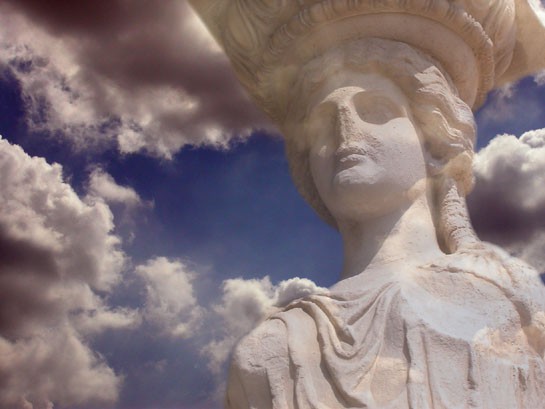
It is the Golden Age of Athens. A unique window of time that gives birth to Western ideals of Beauty, Schience, Art and a radical new form of government, the Democracy.
To immortalise those ideals the Greeks built what would become the very Symbol of Western Civilisation, the Parthenon
Phidias was a native of Athens, the son of Charmisdas,born on 484 b.C. and flourished in his native city during the administration of Pericles, by whom his talents were fostered and rewarded, and who placed under his care the direction of the public works. To so high a degree of perfection did Phidias bring the sculptor's art, that the fragments which remain constitute a standard of perfection, and realise in the cold marble all the divine qualities of ideal beauty.
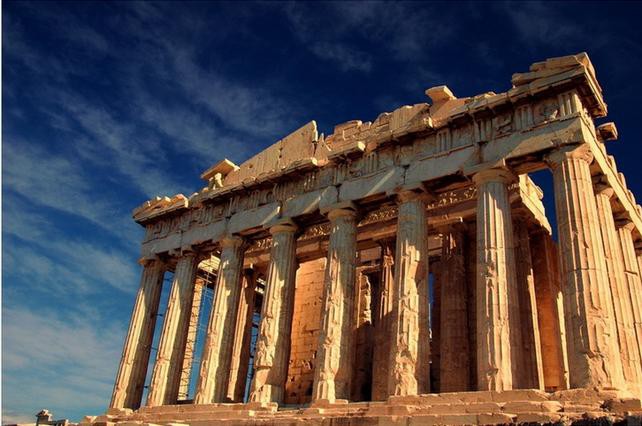
"Acropolis is the only place in the world that is inhabited from heart and mind." 28 May1959 (Andre Malroe)
Pure be his soul who enters this pure place, and here his hands in lustral water laves
the good one drop will cleanse but for the bafe, Ocean suffices not with all his waves
(free translation of an epigramm from an ancient Greek fountain)
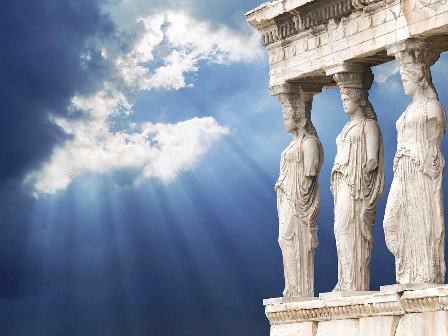
"...so strange, you cannot feel the weight neither on their heads nor on the elbows nor on their necks but only on their stretched leg and the breast." G. Seferis 'Days'
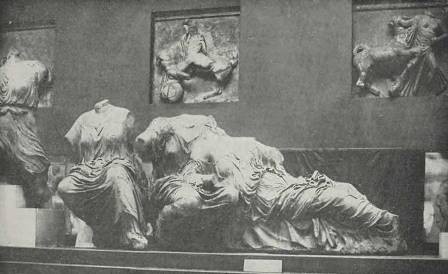 The Parthenon Marbles, also known as the Elgin Marbles is a collection of classical Greekmarble sculptures (mostly by Phidias and his assistants), inscriptions and architectural members that originally were part of the Parthenon and other buildings on the Acropolis of Athens.From 1801 to 1812, Elgin's agents removed about half of the surviving sculptures of the Parthenon, as well as architectural members and sculpture from the Propylaea and Erechtheum.
The Parthenon Marbles, also known as the Elgin Marbles is a collection of classical Greekmarble sculptures (mostly by Phidias and his assistants), inscriptions and architectural members that originally were part of the Parthenon and other buildings on the Acropolis of Athens.From 1801 to 1812, Elgin's agents removed about half of the surviving sculptures of the Parthenon, as well as architectural members and sculpture from the Propylaea and Erechtheum.
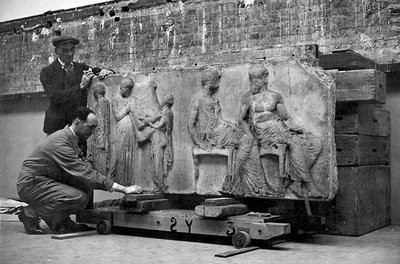
επι το εργον (doing the job)
The Marbles were transported by sea to Britain. In Britain, the acquisition of the collection was supported by some,while some critics compared Elgin's actions to vandalismor looting. The debate continues as to whether the Marbles should remain in the British Museum or be returned to Athens. Minister of Culture Melina Mercouri has said "... I hope to see the Parthenon Marbles back in Athens before I die. But even if they come back later, I will be born again..."
Bring Them Back in Athens
Acropolis http://www.greecevirtual.gr/en/attiki/athens#/acropolis_1/
High at the head a branching olive grows
And crowns the pointed cliffs with shady boughs.
A cavern pleasant, though involved in night,
Beneath it lies, the Naiades delight:
Where bowls and urns of workmanship divine
And massy beams in native marble shine;
On which the Nymphs amazing webs display,
Of purple hue and exquisite array,
The busy bees within the urns secure
Honey delicious, and like nectar pure. (Odyssey) 'Homer'
Give aid benignant in the needfull hour and strength abundant to the reasoning power
and far avert the dize, unfriendly race of councels impious, arrogant & bafe
(a kind of ancient pray to the Gods)
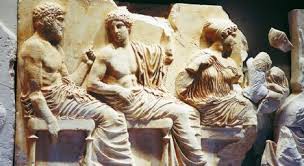
The Parthenon Marbles acquired by Elgin include some 17 figures from the statuary from the east and west pediments 15 (of an original 92) of the metope panels depicting battles between the Lapiths and the Centaurs, as well as 247 feet (or 75 m of an original 524 ft or 160 m) of the Parthenon Frieze which decorated the horizontal course set above the interior architrave of the temple. As such, they represent more than half of what now remains of the surviving sculptural decoration of the Parthenon.
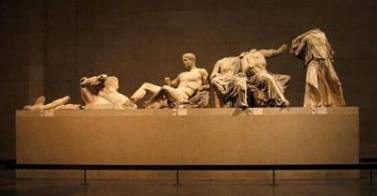
Elgin's acquisitions also included objects from other buildings on the Athenian Acropolis: a Caryatid from Erechtheum; four slabs from the parapet frieze of the Temple of Athena Nike; and a number of other architectural fragments of the Parthenon, Propylaia, Erechtheum, the Treasury of Atreus and the Temple of Athena Nike
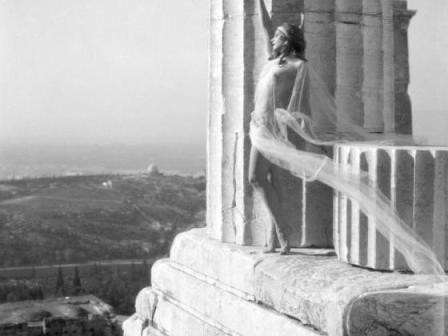
Blessed, thrice blessed, who with winged speed from Hyle's hoarse, voracious barking flies and leaving Earth's obscurity behind with a little leap directs his step to Thee
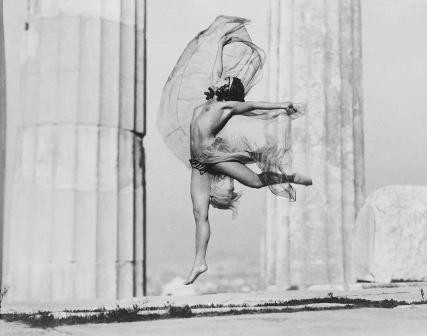

Just a little more and we shall see the almond trees in blossom.
The marbles shining in the sun. The sea, the curling waves. Just a little more.
Let us rise just a little higher. G.Seferis
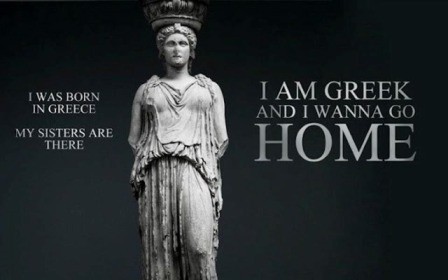
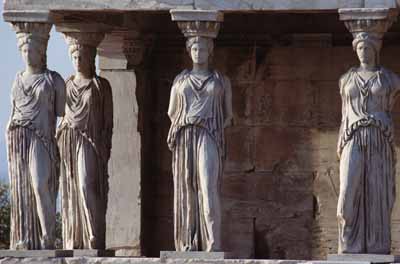
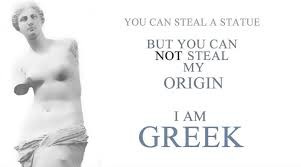
Πώς να σωπάσω μέσα μου την ομορφιά του κόσμου;
Ο ουρανός δικός μου κι η θάλασσα στα μέτρα μου
Πώς να με κάνουν να τον δω τον ήλιο μ’ άλλα μάτια;
Στα ηλιοσκαλοπάτια μ’ έμαθε η μάνα μου να ζω...
Στου βούρκου μέσα τα νερά ποια γλώσσα μου μιλάνε
αυτοί που μου ζητάνε να χαμηλώσω τα φτερά; (Κωστα Κινδυνη)
How can I keep quite in me all the beauty of the world?
The sky was only mine and the sea was always in my measures
How can they make me see the sun with foreign eyes ?
For only in my sunsteps my mother taught me I should live…
What kind of language do they speak to me if they ask me
to lower down my wings and live in gloomy shadow ?
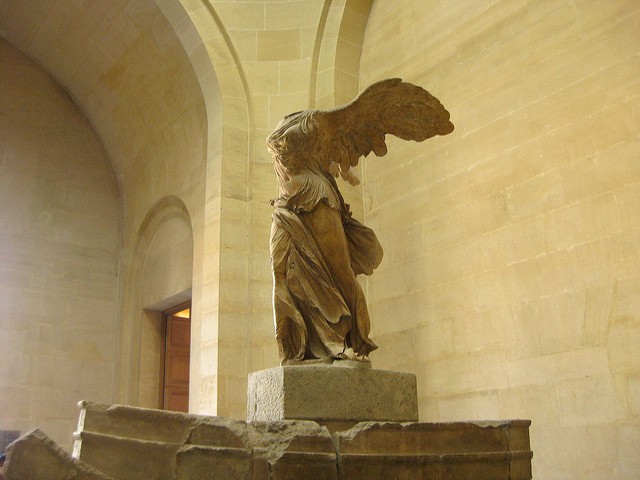
Lord Byron strongly objected to their removal from Greece, denouncing Elgin as a vandal. His point of view about the removal of the Marbles from Athens is also reflected in his poem "Childe Harold's Pilgrimage"
Dull is the eye that will not weep to see
Thy walls defaced, thy mouldering shrines removed
By British hands, which it had best behoved
To guard those relics ne'er to be restored.
Curst be the hour when from their isle they roved,
And once again thy hapless bosom gored,
And snatch'd thy shrinking gods to northern climes abhorred!
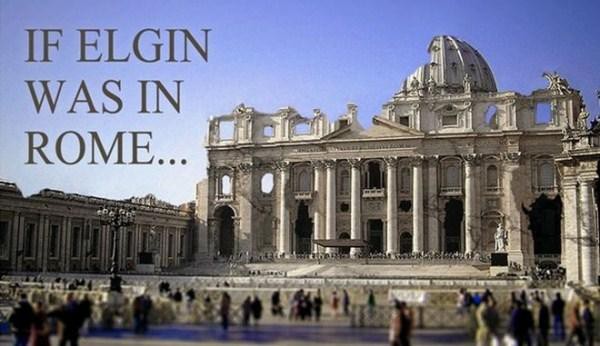
Elgin's son
The 8th Lord Elgin, the British ambassador to China during the second Opium War, burned down the museum-quality Summer Palace of the Chinese emperor Xianfeng, a baroque jewel and repository of priceless antiquities outside Peking.
The destruction of the Summer Palace, known as Yuanminguyan or Yuen-Ming-Yuen by the Chinese, was the climactic act of the second of two Opium Wars (1839-1842 and 1856-1860) between Britain and China.
The order was given by Britain’s plenipotentiary to China, James Bruce, the eighth Earl of Elgin, a direct descendant of the Bruce and son of the seventh Earl who sent the Parthenon’s friezes to Britain.
Lord Elgin set fire to the emperor’s palace in retaliation for the mutilation and/or murder of 20 English and Indian POWS, who had been seized while under a flag of truce and imprisoned at the emperor’s weekend retreat just outside the walls of Peking.
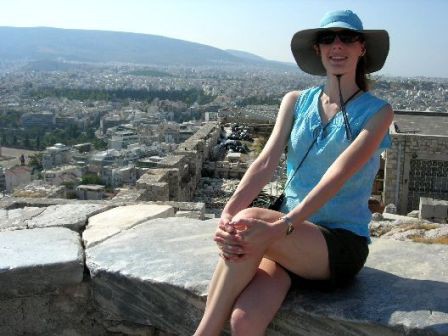
A lot of tourists visit Acropolis & Parthenon every year


